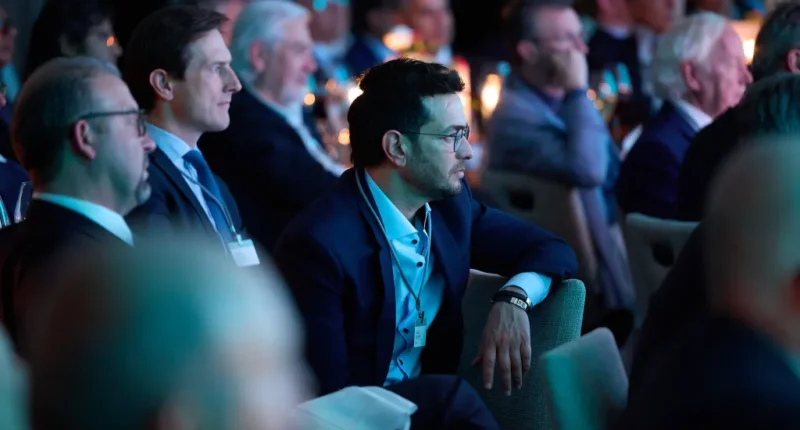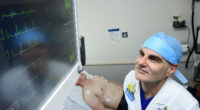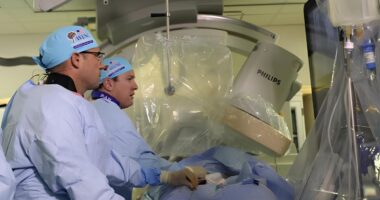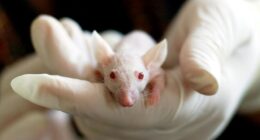Technology executives are fundamentally restructuring organisational charts by reducing middle management layers and expanding leadership spans of control, driven by artificial intelligence integration across business functions.
Speaking at The Wall Street Journal Leadership Institute’s Technology Council Summit in New York, industry leaders outlined plans to redesign workforces around capabilities rather than traditional headcount models.
Sastry Durvasula, Chief Operating, Information, and Digital Officer at TIAA, indicated the scale of transformation required. “I believe that 80% of the jobs will change at least 20% by AI. And 20% of the jobs will change as much as 80%,” he said at the event.
The emerging organisational model prioritises individual contributors who execute work directly rather than supervising others. This approach creates fewer intermediate management positions while senior leaders oversee significantly larger teams. Jensen Huang, the Nvidia CEO who has said he oversees more than 50 people, provides one example.
These expanded teams increasingly combine multiple disciplines, integrating engineers, product developers, designers and business professionals within single units. Venture-capital firm Thrive Capital has appointed a dedicated head of AI to bridge technical capabilities with investment decisions, according to Anuj Mehndiratta, Partner and Head of Portfolio Impact, Data Science, and Product at Thrive Capital.
Computing costs are influencing staffing choices, with organisations weighing investments in additional engineering talent against GPU procurement. Apoorv Agrawal from Altimeter Capital described the resulting structure as resembling a barbell rather than traditional pyramids.
“You’ve got a lot more [individual contributors], and you’ve got some leaders that have a lot more [individual contributors] directly reporting to them. And so the shape of the org, which was historically a little bit like a triangle, is more like this,” Agrawal explained.
Project-based collaboration is replacing fixed reporting relationships, with employees forming temporary groups to address specific challenges before moving to other assignments.
Biopharmaceutical company Moderna has taken integration a step further by formally merging its technology and human resources departments under Chief People and Digital Technology Officer Tracey Franklin late last year.
Franklin explained the rationale behind workforce restructuring. “If you think about HR, HR has done traditional workforce planning, and they thought about the people…. And the IT and the digital teams are planning for systems,” she said. “And we looked at that and said: It’s actually all how work gets done. And so we need to start doing something that we call work planning.”
Franklin’s approach involves restructuring teams around both human capabilities and AI tool functionality, reflecting the broader evolution of the workforce driven by technological advancements.
The restructuring represents a fundamental shift in corporate organisation as companies adapt to AI-enabled operations and changing skill requirements across industries.











